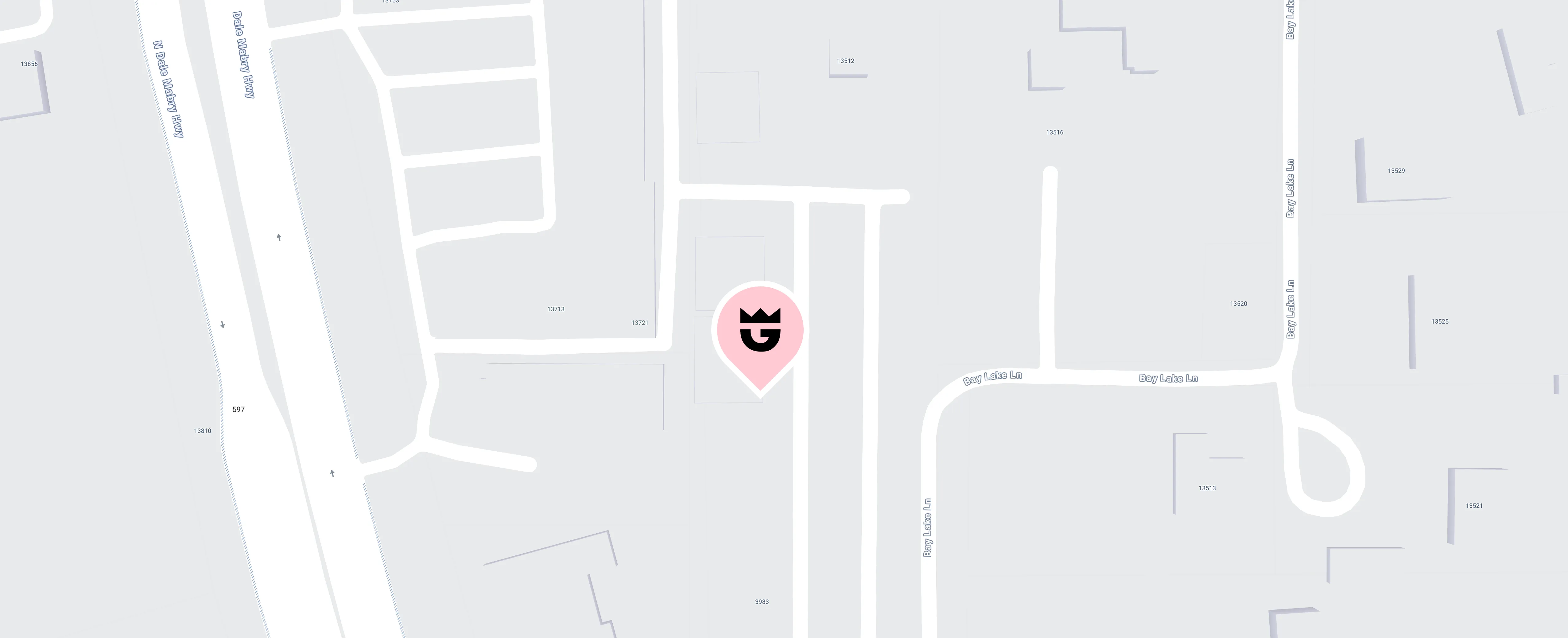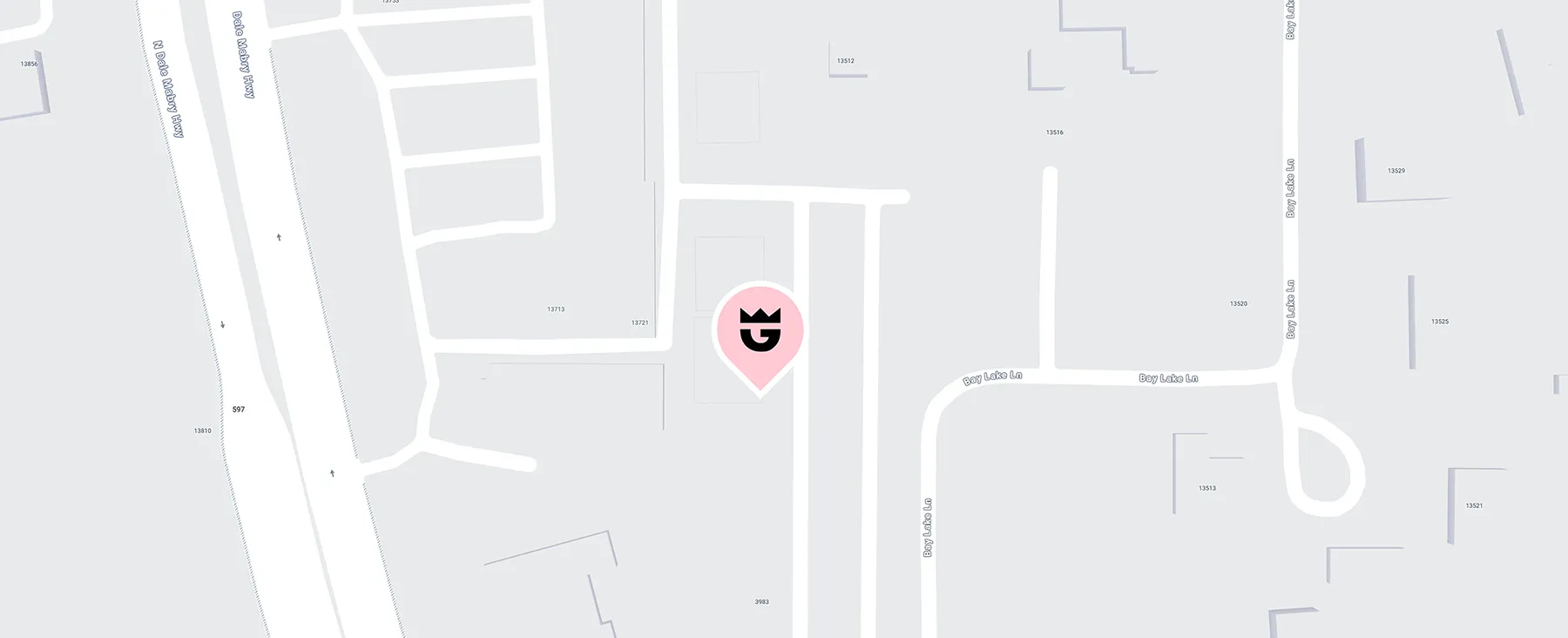Whether you’re looking to enhance a specific feature, correct an imperfection, or reverse the signs of aging, understanding which procedure aligns with your needs is key to achieving satisfying results.
Last updated:
September 21, 2025
Discovering the Best Plastic Surgery for You
How to Choose the Right Plastic Surgery Procedure
Deciding to undergo plastic surgery is a personal and often life-changing decision, but with so many options available, the question becomes: What plastic surgery should I get? Choosing the right procedure depends on several factors, including your goals, body type, and expectations. Whether you’re looking to enhance a specific feature, correct an imperfection, or reverse the signs of aging, understanding which procedure aligns with your needs is key to achieving satisfying results.
This guide will walk you through the most common plastic surgery procedures, what to consider when choosing the right one, and how working with a board-certified plastic surgeon can help you make the best decision.
Step 1: Identify Your Aesthetic Goals
The first step in determining what plastic surgery you should get is to identify your goals. Ask yourself what part of your appearance you want to enhance or change, and whether you are seeking cosmetic or reconstructive improvements.
Common Aesthetic Goals:
Being clear about what you hope to achieve will help you and your surgeon determine which procedure best aligns with your expectations.
Step 2: Explore Popular Plastic Surgery Procedures
Once you’ve identified your goals, the next step is learning about the available procedures and how they align with your needs. Below are some of the most popular cosmetic procedures, categorized by the area of the body they target:
Facial Plastic Surgery Procedures
- Brow Lift
- Upper and Lower Eyelid Surgery (Blepharoplasty)
- Rhinoplasty (Nose Job)
- Facelift (Rhytidectomy)
- Neck Lift
- Injectables (Botox and Dermal Fillers)
- Face Revision
Breast Plastic Surgery Procedures
- Breast Augmentation
- Breast Lift (Mastopexy)
- Breast Reduction
- Mastopexy (Breast Lift)
- Breast Fat Transfer
- Gynecomastia Surgery
- Breast Implant Removal (Explant Surgery)
- Breast Revision
- Breast Implants
Body Contouring Plastic Surgery Procedures
- Gruber Booty Lift
- Chest Lift
- Liposuction 360
Arm Contouring Plastic Surgery Procedures
- Arm Revision
Leg Contouring Plastic Surgery Procedures
- Outer Thigh Liposuction
Lipedema Plastic Surgery Procedures
- Lipedema Lift
Step 3: Understand Your Body Type and Health Factors
Your body type, skin elasticity, and overall health play an important role in determining which procedure is right for you. During your consultation, your surgeon will evaluate your anatomy and discuss factors such as:
Step 4: Set Realistic Expectations
It’s important to have realistic expectations about what plastic surgery can achieve. While many people undergo cosmetic procedures to boost confidence or correct imperfections, it’s crucial to remember that plastic surgery is not a cure-all for dissatisfaction with one’s appearance.
Questions to Ask Yourself:
During your consultation, be honest with your surgeon about your goals. A skilled surgeon will guide you toward a procedure that aligns with your anatomy and aesthetic desires, while helping you understand the limits of what can be achieved.
Step 5: Choose a Qualified Plastic Surgeon
Selecting the right surgeon is one of the most important steps in choosing the right plastic surgery procedure. Look for a board-certified plastic surgeon with extensive experience in the specific procedure you’re considering.
Key Factors to Consider When Choosing a Surgeon:
A consultation with a qualified surgeon, like Dr. Meegan Gruber, will give you the opportunity to ask questions, share your goals, and receive personalized recommendations based on your unique anatomy and desires.
Step 6: Consider Recovery Time and Commitment
Each procedure comes with its own recovery time and post-surgery care requirements. Some surgeries, such as Botox injections, require little to no downtime, while more invasive procedures like tummy tucks or facelifts may require several weeks of rest and follow-up appointments.
When choosing a procedure, consider how much time you can dedicate to recovery and whether your lifestyle allows for the necessary downtime.
Choosing the Right Plastic Surgery Procedure for You
Deciding on the right plastic surgery procedure involves considering your goals, body type, and health, while setting realistic expectations for what surgery can achieve. By working with a qualified board-certified plastic surgeon, you can create a personalized treatment plan that aligns with your aesthetic desires and ensures safe, effective results.
If you're still wondering “What plastic surgery should I get?”, schedule a consultation with Dr. Meegan Gruber today. With her experience and expertise, she’ll guide you through the options and help you choose the best procedure to meet your unique needs.
Discovering the Best Plastic Surgery for You: How to Choose the Right Procedure
Discovering the Best Plastic Surgery for You: How to Choose the Right Procedure


%402x%20(2).svg)





